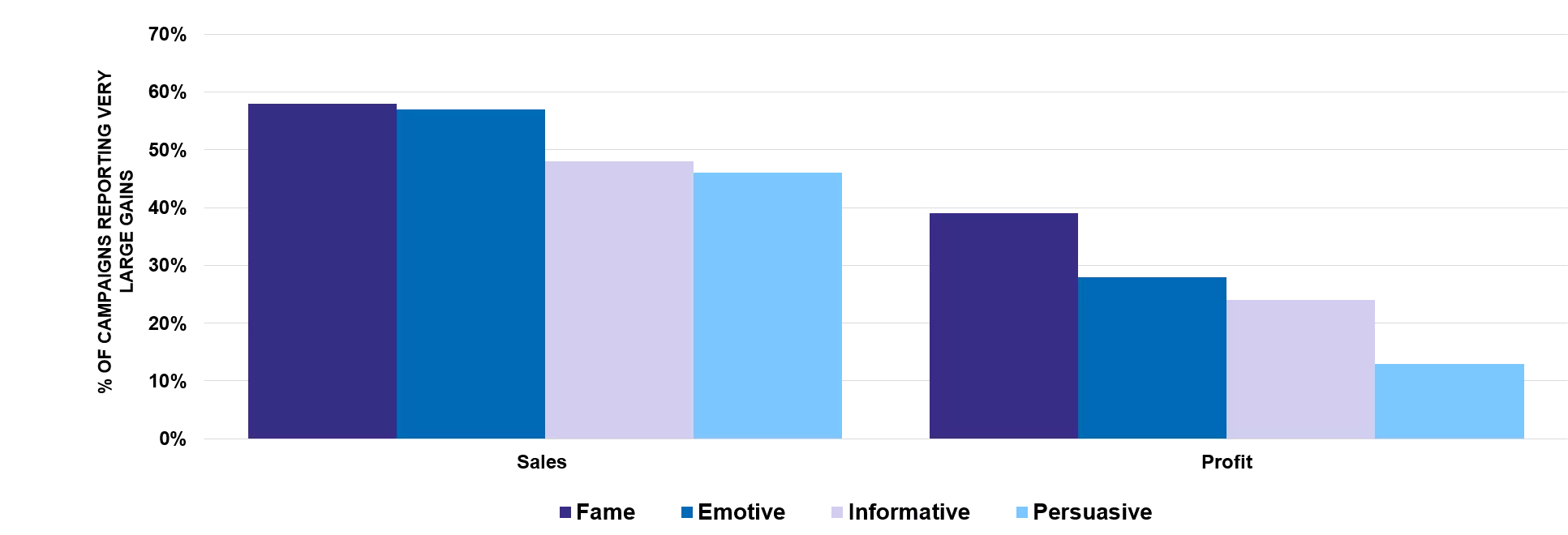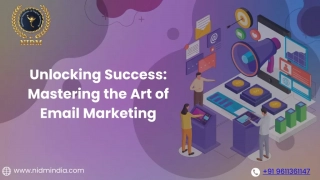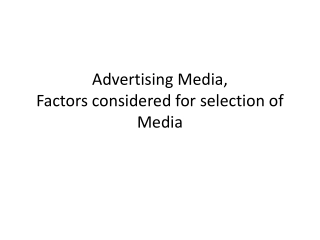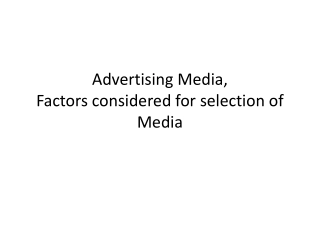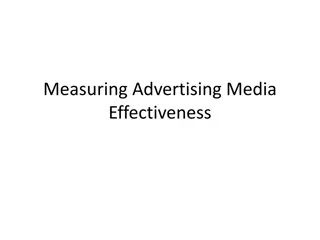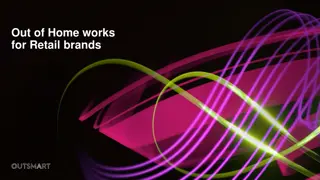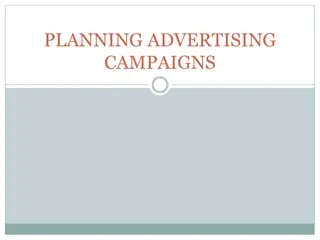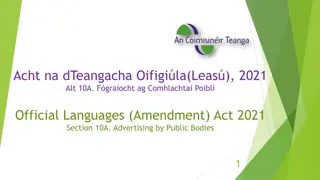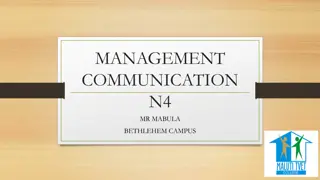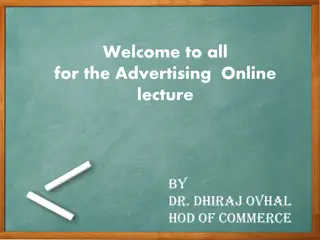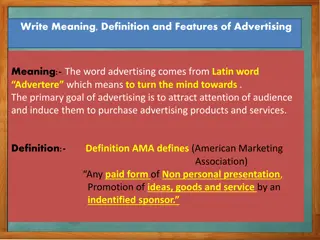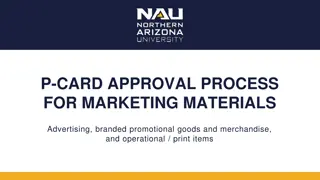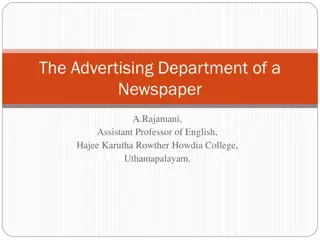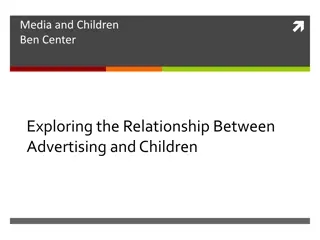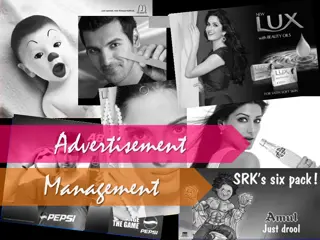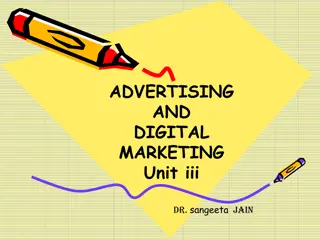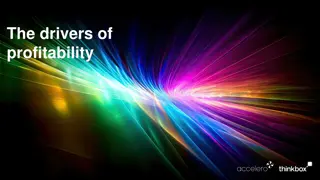The Power of Emotional Advertising in TV Marketing
Emotional advertising through TV drives fame, emotion, and sales. TV ads evoke strong emotions, generate popularity, trust, and success signals. They are more memorable, entertaining, and create a lasting impact on viewers. The effectiveness of emotional campaigns is highlighted, emphasizing the importance of TV as a medium for evoking emotions and driving success in marketing strategies.
Download Presentation

Please find below an Image/Link to download the presentation.
The content on the website is provided AS IS for your information and personal use only. It may not be sold, licensed, or shared on other websites without obtaining consent from the author. Download presentation by click this link. If you encounter any issues during the download, it is possible that the publisher has removed the file from their server.
E N D
Presentation Transcript
TV drives emotion and fame Easyjet Get Out There
Fame and emotion generate the most sales and profit 70% 58% % OF CAMPAIGNS REPORTING VERY 60% 50% 39% LARGE GAINS 40% 30% 20% 10% 0% Sales Profit Fame Emotive Informative Persuasive Source: Marketing in the Era of Accountability , 2007, IPA
TV ads evoke emotion more than ads on other media % who selected each medium TV Social Media Radio YouTube Cinema Magazines Outdoor Newspapers Search Direct Mail Websites 57% 28% 19% 13% 12% 12% 12% 11% 10% 6% 3% Sticks in their memory 52% 35% 13% 21% 16% 5% 6% 6% 4% 2% 3% Makes them laugh 51% 30% 13% 19% 21% 9% 3% 7% 9% 3% 4% Entertains them 47% 17% 6% 10% 15% 5% 3% 9% 4% 2% 2% Makes them feel emotional 40% 27% 10% 12% 14% 15% 8% 12% 14% 4% 4% They like 35% 6% 16% 4% 9% 12% 6% 19% 11% 6% 4% They trust Source: Adnormal Behaviour, 2022, Ipsos / Thinkbox. Q.TN3: In which, if any, of the following places are you most likely to find advertising that... Base: normal people (1,158)
TV ads drive the strongest popularity and success signals Social signals 70% SOCIAL SIGNALS (% POSITIVELY SCORING / 60% AGREEING TO STATEMENTS) 52% 50% TV Newspapers Magazines Radio Social media Video sharing sites 49% 48% 50% 44% 44% 43% 42% 41% 41% 41% 40% 40% 39% 39% 38% 38% 40% 37% 33% 32% 32% 31% 29% 30% 24% 20% 10% 0% Social signal Well known Popularity Success Source: Signalling Success, 2020, house51/Thinkbox. Base: all adults (3,654)
TV & radio signal the strongest emotional trust TRUST High & Automatic High, more effort 100% % Agree TV Radio Magazines Newsbrands Video sharing sites FAST! SLOW Social media Emotional Trust Rational Trust 0% Low & Automatic Avg RT Low, more effort Reaction time Source: Signalling Success, 2020, house51/Thinkbox. Base: all adults (3,654). Please see notes for detail on implicit trust calculation.
Emotional advertising drives effectiveness Source: IPA Databank, 1998-2022 cases
TV is important for emotional campaigns Source: IPA Databank, 2014-2022 cases
TV boosts effectiveness of emotional campaigns Source: IPA Databank, 2014-2022 cases
Mapping media on Influence Higher weekly reach 100% TV 90% 80% 70% Social media Radio 60% More trusted 50% 10% 15% 20% 25% 30% 35% 40% 45% Print 40% 30% YouTube 20% Bubble size = average media multiplier 10% Source: IPA Touchpoints / Media Mix Navigator / YouGov 2024 0%
Mapping media on Memorability 10 Ave ad view time (secs) 9 TV 8 7 6 5 0% 10% 20% 30% 40% 50% 60% More emotive 4 YouTube 3 Print 2 Social media OOH Bubble size = long-term multiplier 1 Source: Dentsu / Lumen / TVision / Media Mix Navigator / Thinkbox Adnormal Behaviour 2022 0
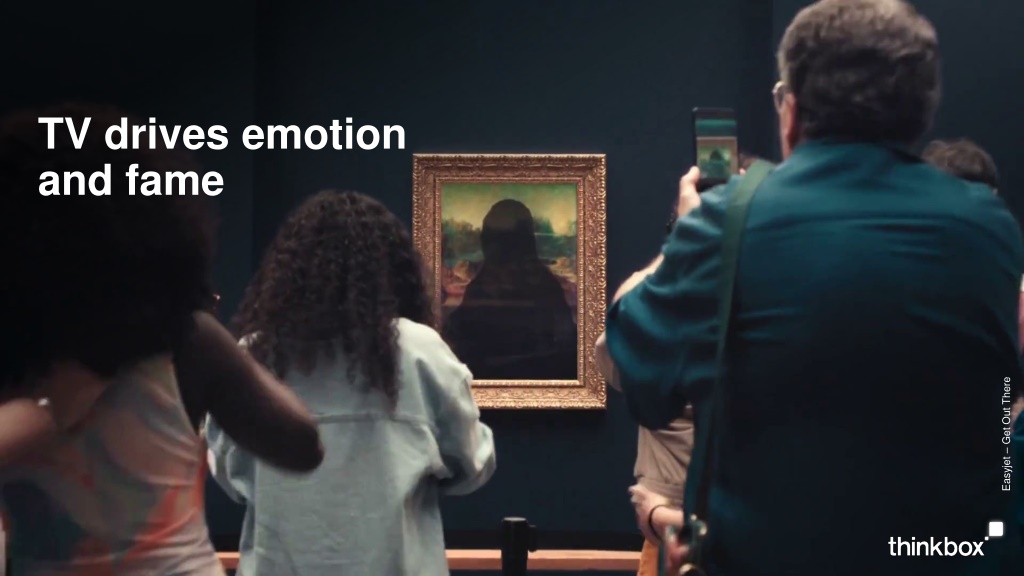
 undefined
undefined




